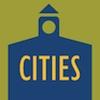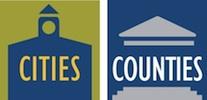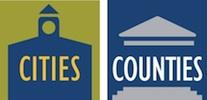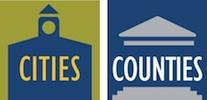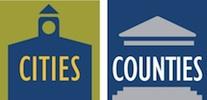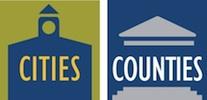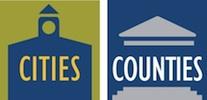 Menu
Menu
- Home
- Subject Areas
- Ballot Measures and Campaigns
- Beacon Program
- BOOST Program
- Budgeting and Financial Management
- Climate Action
- Economic Development
- Effective Meetings
Meetings Resource Center - Ethics & Transparency
- Healthy Communities, Land Use and Planning
- Community Health Partnerships
- Healthy Neighborhoods
- Online Guide to Planning Healthy Neighborhoods
- Health, Planning & Community Design
- Health, Transportation & Mobility
- Health & Community Services
- Health & Public Safety
- Health & Economic Development
- Health & Housing
- Healthy Workplaces
- Land Use & Environment
- Planning, Housing & Sustainability
- Creating Safe Walking and Bicycling Communities
- Homelessness
- Housing Toolkit
- Inclusive Public Engagement
- Leadership and Governance
- Customized Leadership & Governance Trainings
- Codes of Conduct, Civility, and Ethics
- For Elected Officials
- Effective Governance
- Making Decisions
- Responsibilities and Powers
This section explains, among other things, what counties, cities, schools and special districts do and under what legal authority. - Working with Staff
This section explains the division of labor between elected officials. - Media Relations
Working withe the Media - Leadership Skills
- When Bad Things Happen
- Personnel/Labor Relations/Pensions
- For Management and Staff
- New to Public Service
- Planning Commissioner Handbook
- Recycling
- Technology
- Workforce and Civics Education
- About the Institute
- Support Our Work
Subject Areas
- Ballot Measures and Campaigns
- Beacon Program
- BOOST Program
- Budgeting and Financial Management
- Climate Action
- Economic Development
- Effective Meetings
Meetings Resource Center - Ethics & Transparency
- Healthy Communities, Land Use and Planning
- Homelessness
- Housing Toolkit
- Inclusive Public Engagement
- Leadership and Governance
- New to Public Service
- Planning Commissioner Handbook
- Recycling
- Technology
- Workforce and Civics Education



